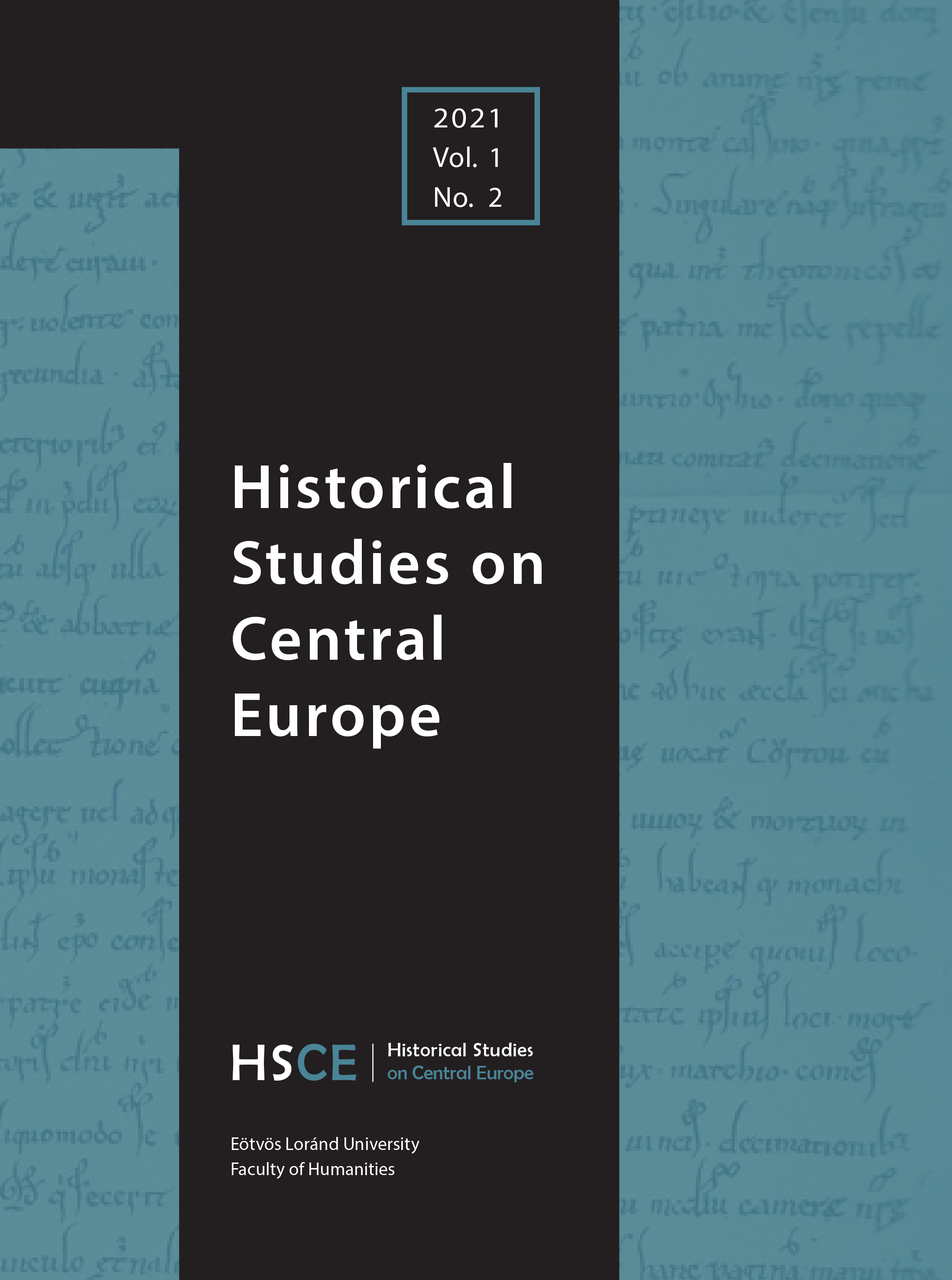From Semi-Colony to Sub-Empire: The Changeable Status of the Hungarian Kingdom in the Austro–Hungarian Monarchy
Published 03-12-2021
Keywords
- Marxist historiography,
- colony,
- ‘semi-colony’,
- empire,
- ‘Hungarian empire’
- ‘sub-empire’ ...More
How to Cite
Copyright (c) 2021 György Kövér

This work is licensed under a Creative Commons Attribution-NonCommercial 4.0 International License.
Abstract
This study analyses the historiographical application of two concepts (colony, and empire), the contemporary interpretations of which fundamentally determined judgements about the status of Hungary within the Habsburg Monarchy. Despite the fact that the concept of ‘colony’ as used in the eighteenth century was widely known, the category of the ‘semi-colony’ eventually proved to be unable to describe the conditions of the Austrian–Hungarian world in the second half of the nineteenth century. The term ‘Hungarian Empire’ clearly arose from the language of the nineteenth century. Various meanings of this were formulated: as a term for the one-time territory of Hungarian Kingdom (the Holy Crown of St. Stephen, meaning Hungary proper, Transylvania, Croatia, and Slavonia) on the one hand; and another one that included expansion beyond the Carpathian basin (mainly toward southeastern Europe). A third meaning also existed: a Hungarian-centered version that included all Habsburg provinces, which from time to time was hard to distinguish from the first and second meanings mentioned above. Reviewing the asymmetrical but parallel developments of the concepts of ‘colony’ and ‘empire,’ we must establish that in the long term the case for the usage of both terms has been undermined. Even more does this opinion seem to be valid in the case of derivative, retrospectively constructed concepts (such as semi-colony, and sub-empire) that are not rooted in the dictionary of the historical sources and conceptual history of political ideas.

